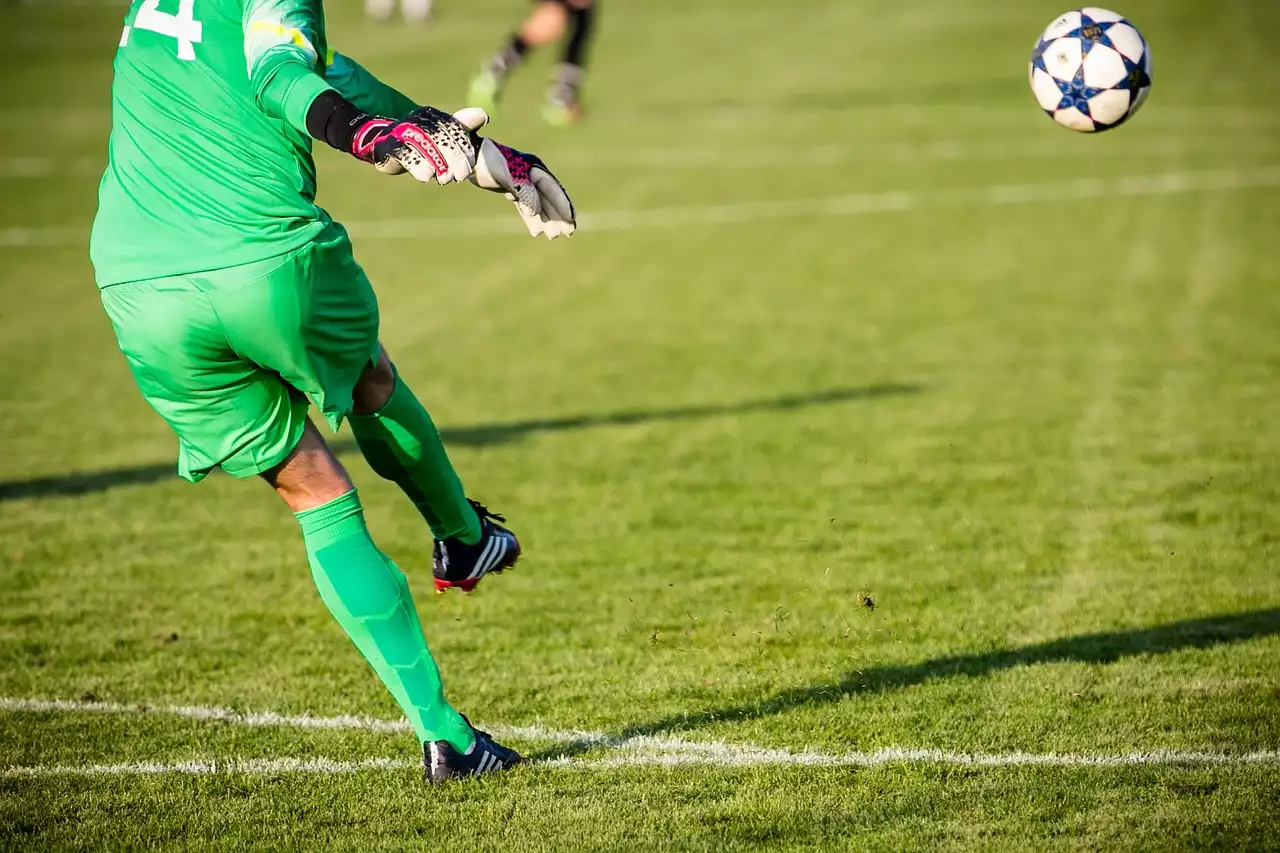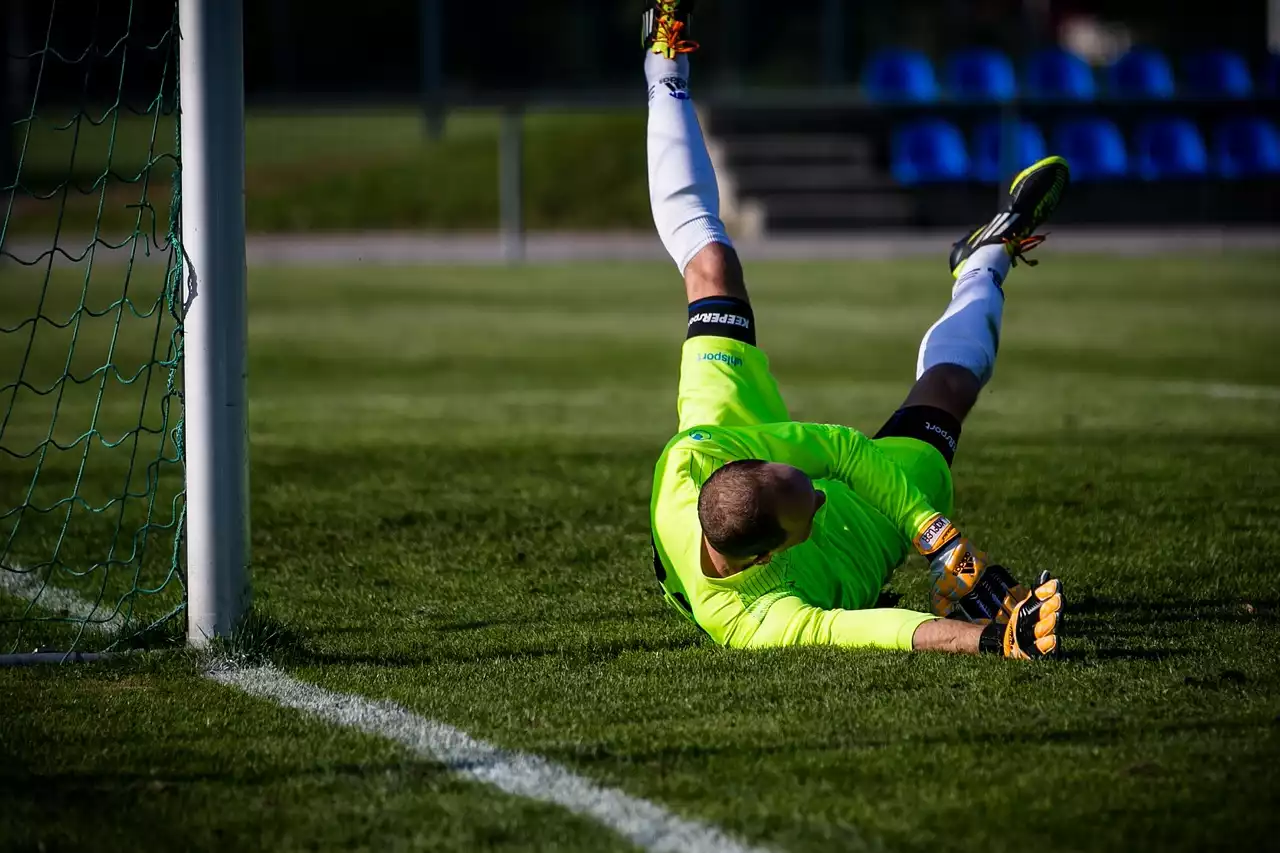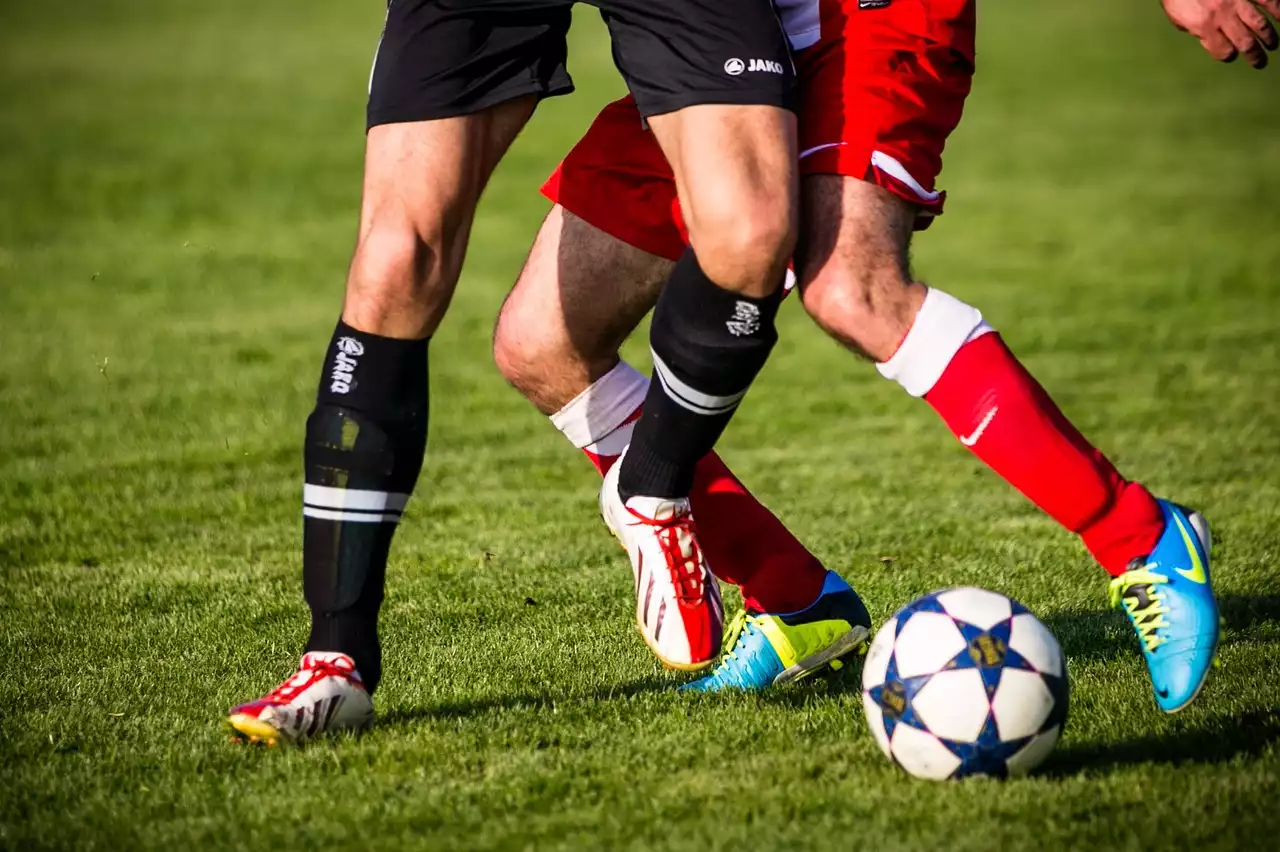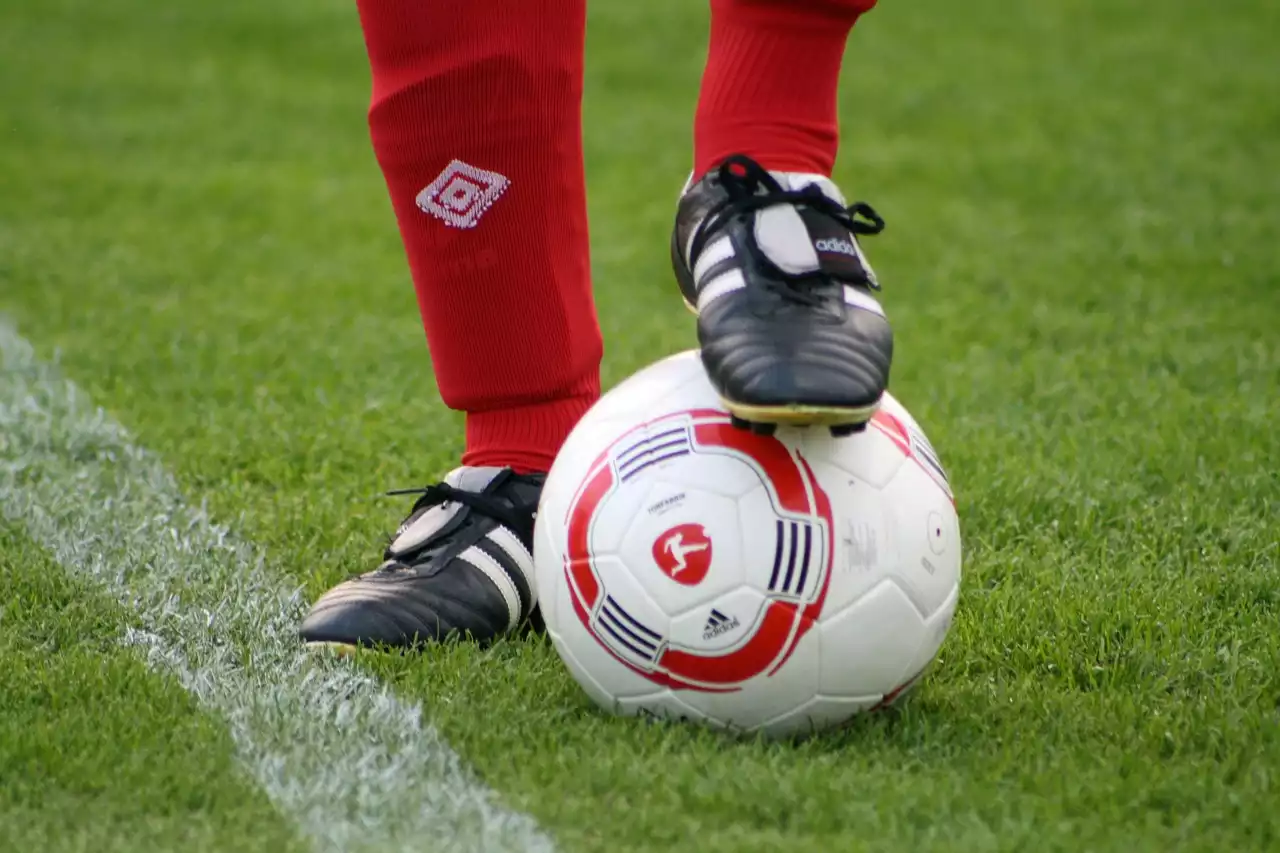Types of Shin Guards
When it comes to choosing shin guards for soccer, the most important decision is the type of shin guards you need. Shin guards come in two main varieties: ankle guards and full-length shin guards. Ankle guards are shorter and provide minimal protection for the shins, but are lighter and less bulky than full-length shin guards. Full-length shin guards provide more coverage and protection but can be bulkier and heavier. Depending on the type of soccer you play, you will need to decide which type of shin guard is best for you.
If you are playing a more aggressive, physical type of game, full-length shin guards are a good choice. They provide more coverage and protection from contact and will keep your shins safe from any tough tackles. If you are playing a less physical, technical game, then ankle guards may be the best option. They are lighter and less bulky, allowing for greater freedom of movement.
Factors to Consider When Choosing Shin Guards
Once you have decided which type of shin guard is best for you, there are a few other factors to consider when choosing the right pair. The first factor to consider is the size of your shins. While some shin guards come in one size fits all, it is always best to get a pair that fits your specific size. A well-fitted pair of shin guards will provide more protection and will be more comfortable to wear.
Another factor to consider is the level of protection you need. Soccer shin guards come in a variety of materials, ranging from lightweight plastic to heavy-duty foam. Choose a pair of shin guards with the right level of protection for the type of game you are playing, and make sure they are comfortable and secure when you wear them.
Size Guide for Soccer Shin Guards
When choosing soccer shin guards, it is important to get the right size for your shins. Most shin guards come in small, medium, and large sizes, and it is important to measure your shins to get an accurate fit. To find the right size for you, measure the circumference of your calf at the widest point and then compare it to the size chart for the shin guards you are considering. For example, if your calf circumference is 18 inches, then you will need a medium size shin guard.
Different Materials Used for Soccer Shin Guards
When it comes to choosing shin guards for soccer, the material is an important factor to consider. The most common materials used for shin guards are plastic, foam, and composite materials. Plastic shin guards are lightweight and provide good protection, but can be more uncomfortable and less durable than other materials. Foam shin guards are soft and provide good protection, and are usually more comfortable to wear than plastic shin guards. Composite materials are the most durable and provide the best protection, but can be more expensive than other materials.
Key Features When Selecting Soccer Shin Guards
When choosing shin guards for soccer, there are a few key features to look for. The first is the ankle guard, which should fit snugly around the ankle and provide good support and protection. The second is the calf guard, which should provide good coverage and protection for the calf muscle. Finally, the shin guard should fit perfectly around the shin and provide good coverage and protection for the shins.
Protective Padding for Soccer Shin Guards
When it comes to choosing shin guards for soccer, it is important to consider the level of protection the guards provide. Most shin guards come with protective padding in the form of plastic or foam. Plastic padding is lightweight and provides good protection, but can be less comfortable than foam padding. Foam padding is softer and provides more cushioning, but can be bulkier than plastic padding.
Tips for Caring for Your Soccer Shin Guards
Once you have chosen the right shin guards for soccer, it is important to take care of them properly. Make sure to clean your shin guards after each use and store them in a cool, dry place. Check the guards regularly for any signs of wear and tear, and replace them when necessary. It is also important to air out your shin guards after each use to prevent the buildup of bacteria and odors.
How to Choose the Right Shin Guards for Your Soccer Position
Another important factor to consider when choosing shin guards for soccer is the position you play. Different positions require different levels of protection and different types of shin guards. For example, a goalkeeper will need shin guards with more coverage and protection, while a midfielder will need shin guards that provide good mobility and protection. Defenders and strikers will also need shin guards with different levels of protection and coverage.











